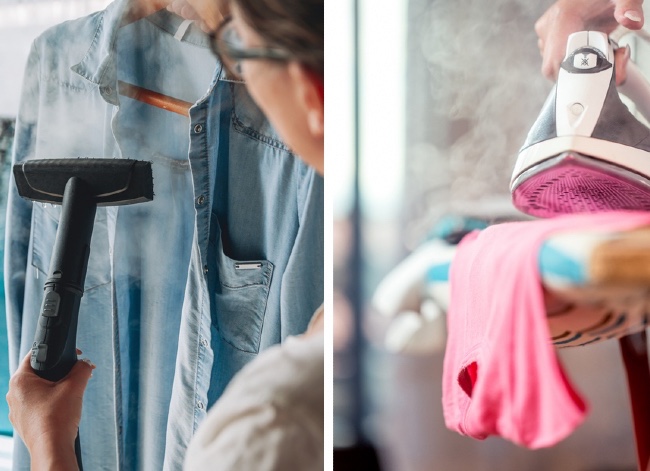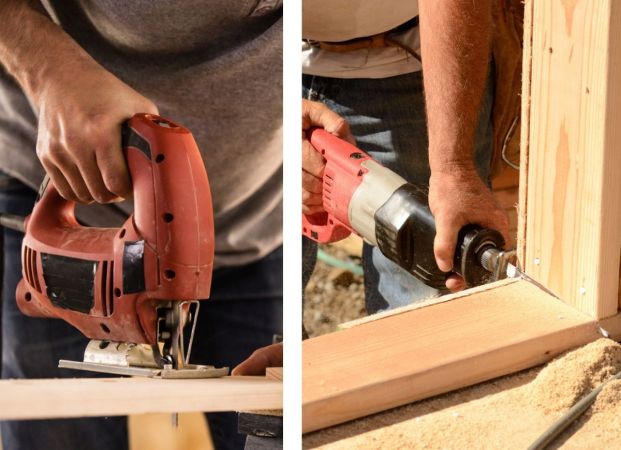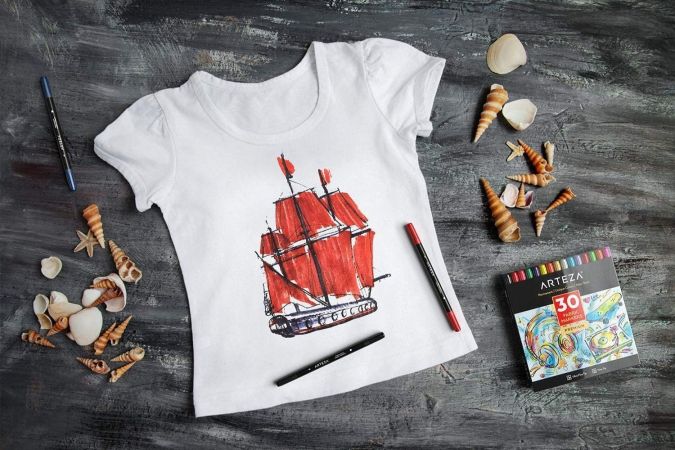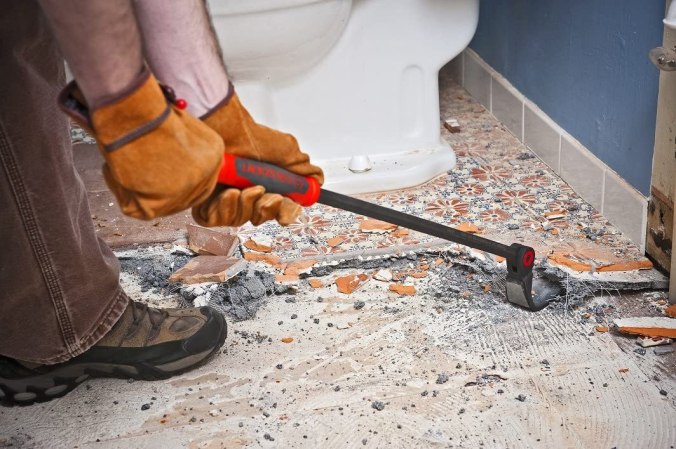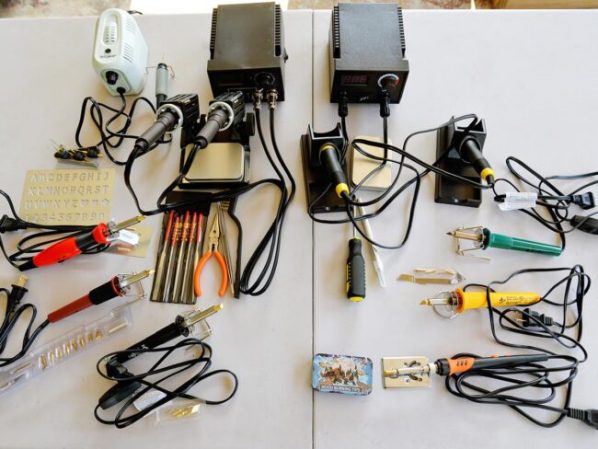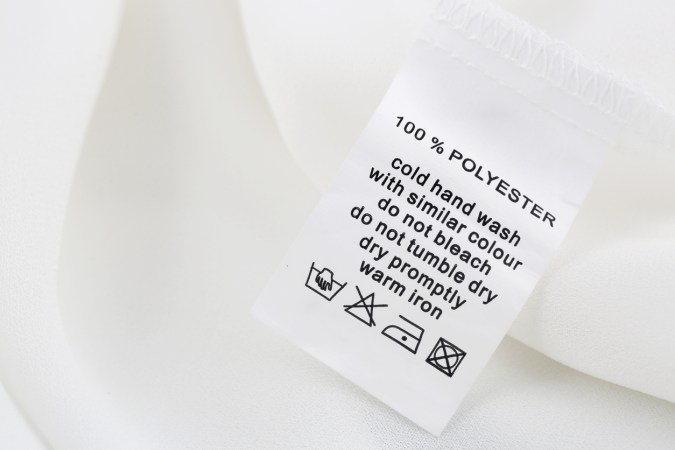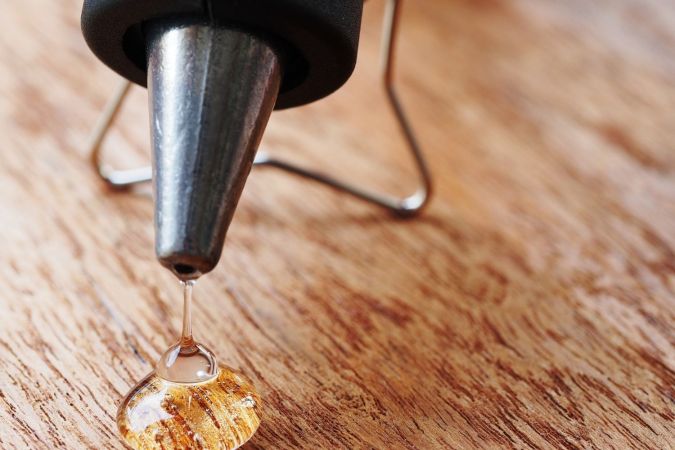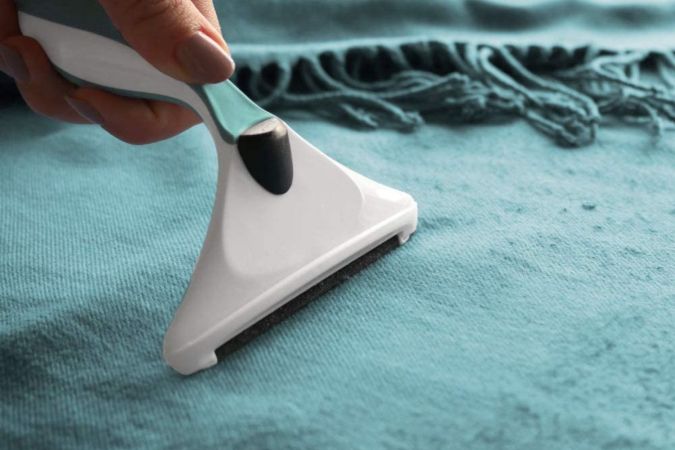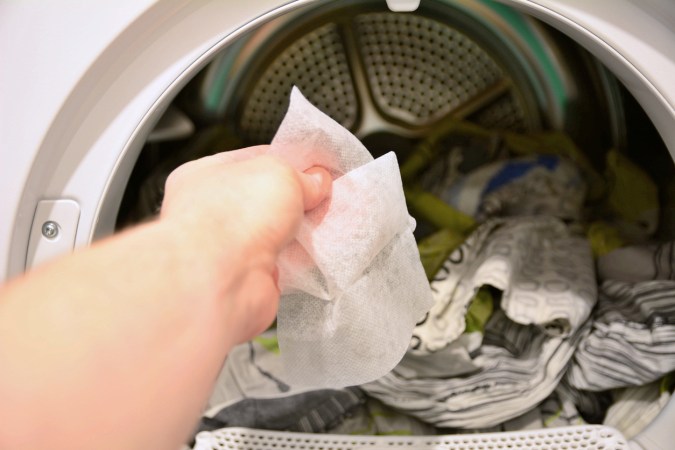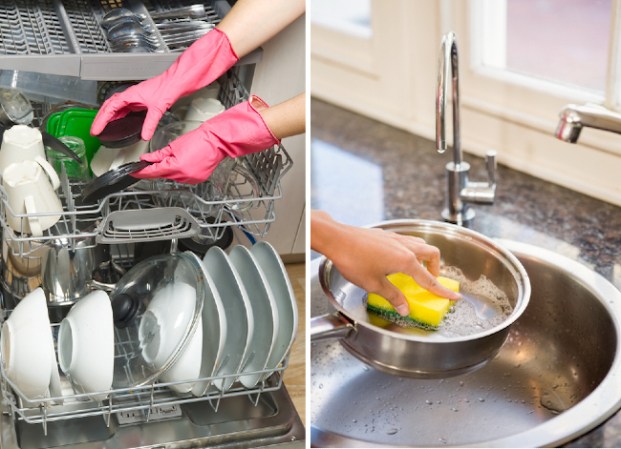We may earn revenue from the products available on this page and participate in affiliate programs. Learn More ›
Iron vs. steamer is a very common debate. Most people know that both irons and steamers are heated tools that can help remove wrinkles from clothing and other textiles, but don’t fully understand how they differ, or if it really matters which one they use. However, steamers and irons are two distinct tools. Learning more about the different applications for fabric steamers vs. irons can help you determine which tool is best for your specific laundry needs.
A traditional iron applies a hot, flat surface directly onto fabric to remove wrinkles.
Irons are designed with metal plates that heat up to temperatures between 250 and 360 degrees Fahrenheit. Different temperature settings are available to accommodate specific types of fabrics. Once the iron’s plates are hot, users glide the iron over a garment to remove wrinkles or press in seams.
Irons come into direct contact with clothing items. Because of this, it is possible to damage a fabric if the wrong heat setting is selected or the iron is left on one part of the fabric for too long. However, an iron does afford greater control when trying to target a particularly wrinkly spot on a garment or maintain creases on a dress shirt or a pair of pants.
Irons must be used with an ironing board; a flat surface is required for laying out the clothing items so the iron can be moved back and forth over them.
Related: The Best Dryer Balls for Laundry Day
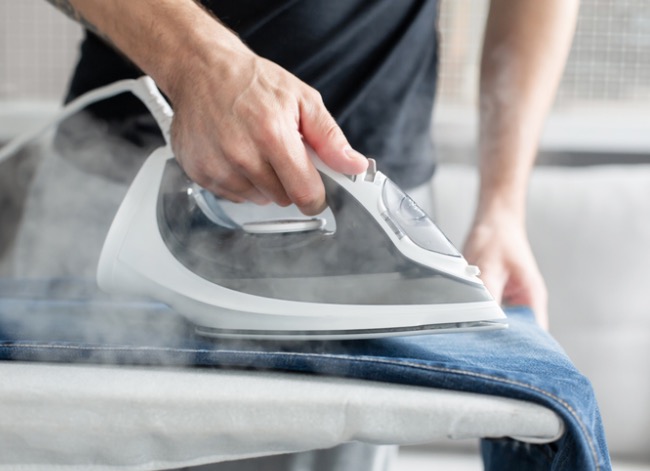
A steamer directs a flow of steam at fabric to loosen fibers and remove wrinkles.
Steamers loosen the fibers on a garment to release wrinkles without coming into direct contact with the item. Rather, these hand-held tools release hot steam users can maneuver along a garment to remove wrinkles. Since steamers work without touching a clothing item, it is much less likely that they will burn or damage the fabric.
To use a steamer, hang up the garment, fill the steamer’s water tank, plug in the steamer, and allow it to heat up enough to release steam. Most steamers offer heat settings between about 200 and 400 degrees Fahrenheit to match the needs of different fabric types. Once hot, slowly move the steamer along the garment to loosen the fibers and smooth it out.
Many fabric steamers feature a more compact and portable design. They also don’t require an ironing board for use. These two characteristics mean that steamers are often a better solution for travelers or those with more limited space in their home.
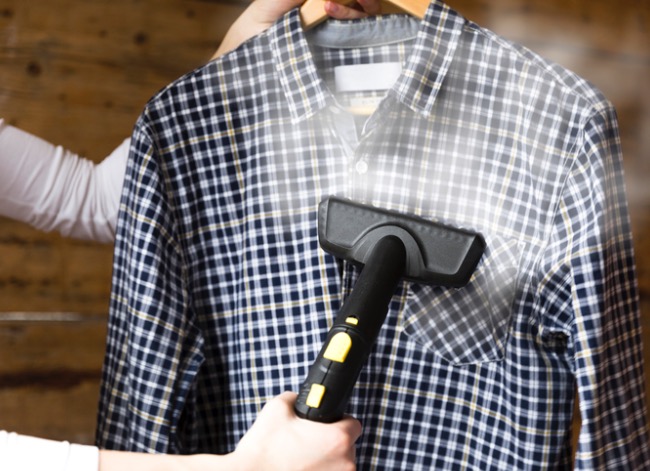
Steamers can be used on a wider variety of fabrics.
In the garment steamer vs. iron dispute, one of the biggest advantages of steamers is that they can be used on a wider array of fabrics. A hot iron can easily burn or damage more delicate fabrics like silk, satin, cashmere, polyester. Since steamers release wrinkles without coming into direct contact with clothing, they are a much safer option for delicate fabrics.
Steamers also offer hotter steam settings for heavier fabrics like wool and cotton, so they are not limited to use only on delicate materials. Choosing the right heat setting for the given fabric type makes steamers quite versatile.
Related: How To: Make Your Own Laundry Detergent
Irons work better than steamers with bulkier, stiffer fabrics.
While steamers can be used on stiffer garments, irons are often preferred for those trying to remove wrinkles from these fabric types. When it comes to a shirt steamer vs. iron, irons are more effective at removing deep-set wrinkles from dense fabrics like denim or wool. They give users more control, which is often necessary for tackling these tougher wrinkles.
Irons are also the best tool to choose if you desire a crisp crease or need to press in pleats. The direct heat from an iron makes it possible to achieve this type of finish, which would be impossible to accomplish using a steamer.
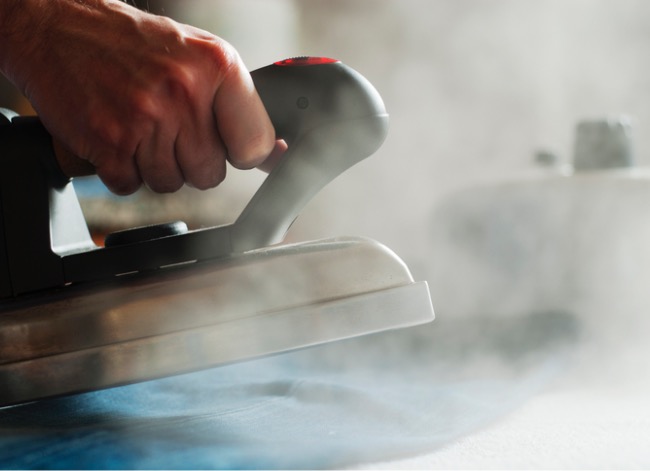
Both laundry tools can be dangerous and should be used with care.
When you’re deciding between garment steamer vs. steam iron, keep in mind that both laundry tools get very hot and can pose a safety risk. Always be cognizant of the location of the heated components, and take care to keep your skin and hands away from these areas.
To prevent accidental burns or other injuries, don’t work with a steamer or iron when children or pets are around. You should also avoid leaving either of these tools on when not in use.
In addition to these safety considerations, also take care to prevent damaging your clothing items with a steamer or iron. Leaving an iron pressed onto a garment for too long can leave a burn mark and ruin the clothing item. Steamers should not be used on fabrics that may melt if heated, such as suede, leather, or waxed fabrics.
Always check the care instructions on a garment before steaming or ironing it. This will help protect your clothing items from avoidable damage.

